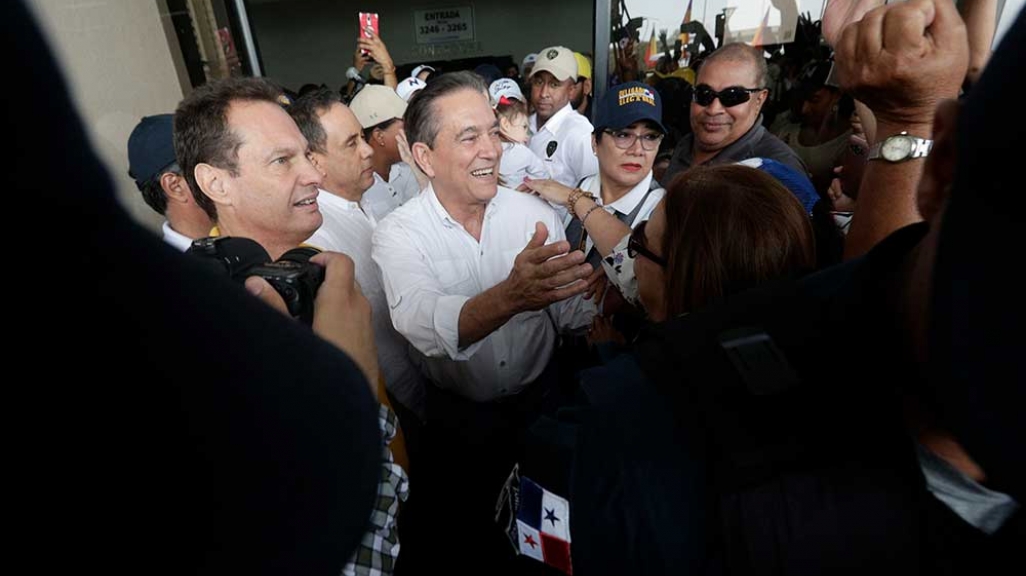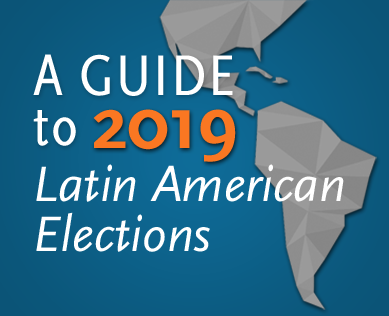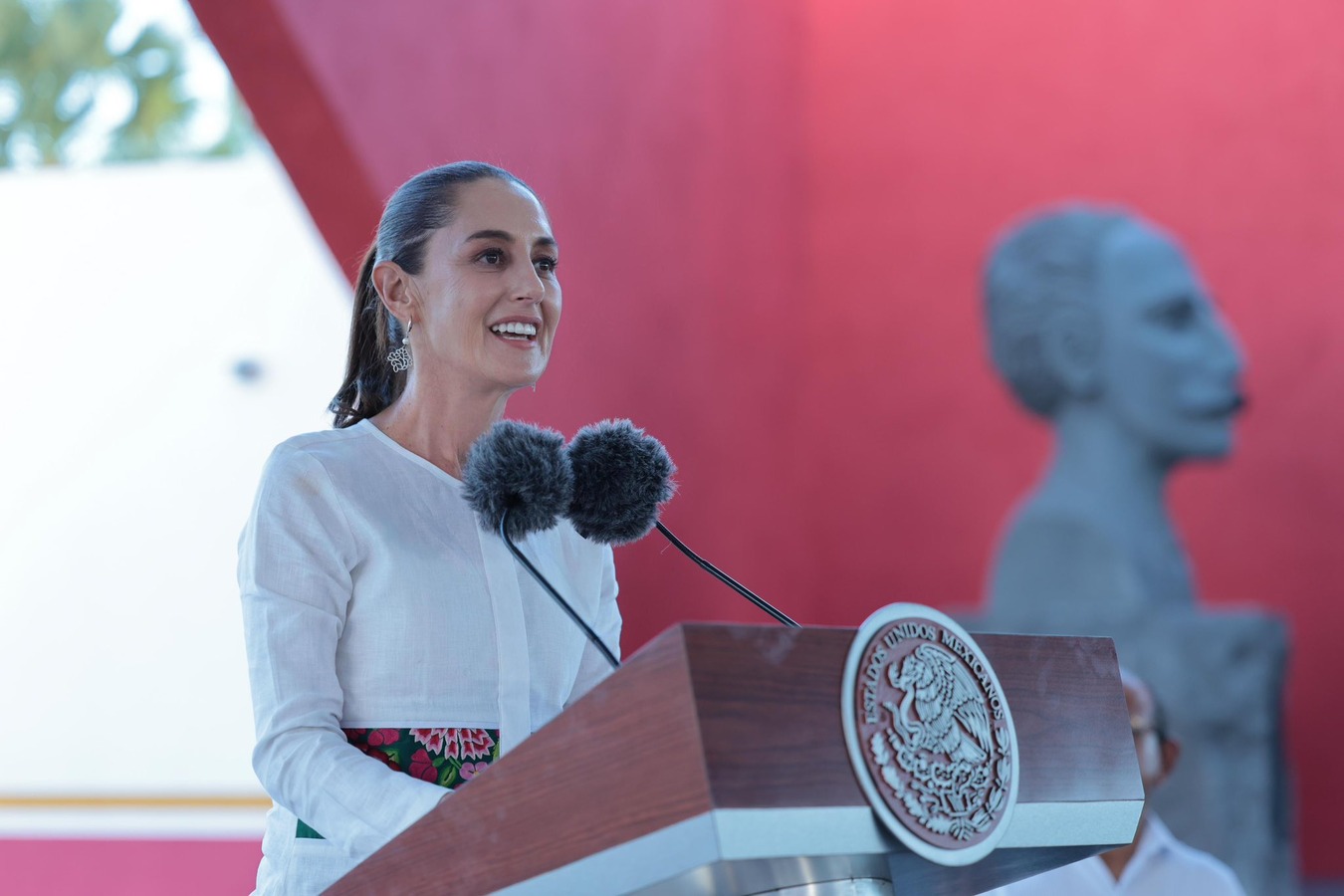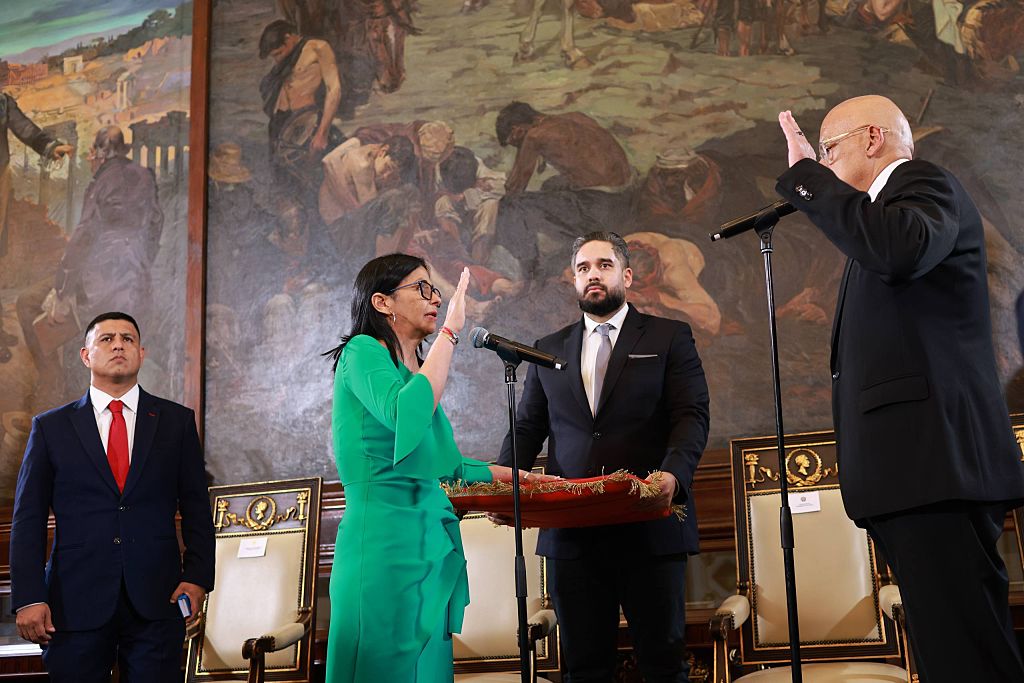3 Charts on Panama's General Elections
3 Charts on Panama's General Elections
The PRD’s Laurentino “Nito” Cortizo is proclaimed winner of closest presidential race of the last 30 years.
Panama’s electoral authority has declared Laurentino “Nito” Cortizo the winner of Sunday’s presidential vote. As of Monday noon and with roughly 96 percent of votes counted, the candidate from the opposition Democratic Revolutionary Party (PRD) had received 33 percent of ballots. That placed him just two points ahead of his closest opponent, Rómulo Roux of the Democratic Change (CD) party. Turnout stood at about 73 percent.
The Electoral Tribunal will announce the final results on Thursday, but the race turned out to be much tighter than most polls predicted, with just a single poll by Doxa Panamá forecasting a win for Roux in its last survey published April 30. Roux has yet to concede and says voting irregularities took place.
With the new administration’s five-year term set to begin July 1, AS/COA Online charts three aspects of the May 5 vote.
1. A weak mandate
Panama’s single-round election hands a victory to the candidate who wins the largest portion of votes. That said, Cortizo is set to win with the lowest percentage—and by the narrowest margin—of any of the six presidential elections since the country’s return to democracy in 1989.
Cortizo’s campaign promises to focus on fighting poverty and inequality in Latin America’s fastest-growing economy. Despite the World Bank projecting GDP in Panama hitting 6 percent growth in 2019, the country is the region’s second-most unequal. With corruption topping voters’ concerns, Cortizo also promised to combat graft and reform the Constitution with the new session of Congress.
2. The Congress
In the National Assembly, where all 71 seats were up for election, the PRD has the strongest presence with 29 deputies and at least one ally from the Molirena party. But Cortizo will face significant opposition from the CD’s 17 deputies and another eight Panameñistas, the party of current President Juan Carlos Varela. Leaving office with a 12 percent approval rating, the president’s unpopularity is a factor in the fact that the Panameñistas’ presence will be halved in the unicameral legislature. And there were other signs of a rejection of the status quo: The legislature will feature new faces, with a majority of the 49 candidates who were seeking reelection failing to do so.
3. The capital’s contrarian vote
Panama City residents differed from most other Panamanians, casting more ballots for the CD’s Roux. The winner of the capital’s mayoral race, however, was the PRD’s José Luis Fábrega, who won with 43 percent of ballots over the CD’s Sérgio “Chello” Gálvez with 31 percent.
Roux’s association with Ricardo Martinelli, CD founder and Panama’s most popular president of the last 30 years despite being engulfed in corruption scandals, helped him win the country’s biggest province, Panamá, home to the capital and the Panama Canal. In fact, Roux won three of Panama’s most populous provinces, including Panama Oeste and Colón.










